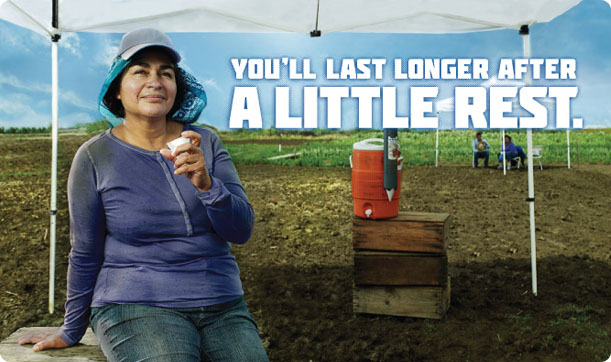Accurate fatality rates for agricultural workers from heat stress can be difficult to obtain due to the varied nature of these duties and the fact that some of the deaths on small farms may not be considered work-related. A review of publications would indicate that the fatality rate in agriculture is near 4 deaths per one million workers per year, or about 20 times higher than the .2 rate for other US workers overall. The most common cause of fatalities due to heat stress is not taking an adequate number of days to get fully acclimated to a hot working environment. See: Heat Illness and Death Among Workers (CDC): https://www.cdc.gov/mmwr/preview/mmwrhtml/mm6331a1.htm

Some factors in heat stress that are often overlooked include:
- Language barriers—If you have employees with English as a second language, they may not fully understand your instructions and cautions during training, might not know how to communicate what their physical condition, or may be uncomfortable telling you that they are not feeling well.
- New employees coming into the middle of a project during hot weather may need up to five days to get fully acclimated to the working conditions.
- Even seasoned employees may need up to three days to get acclimated to a high heat environment.
- The core message of your heat illness instructions should be “Water. Rest. Shade.”
The OSHA Quick Card for Heat Stress Protection includes these Symptoms for Heat Exhaustion:
- Headache, dizziness or fainting
- Weakness and wet skin
- Irritability or confusion
- Thirst, nausea or vomiting
To prevent heat illness:
- Establish a prevention program and provide training to all workers.
- Provide ample cool water close to the work area, and ensure that all workers drink at least one pint per hour of work.
- Provide breaks on a regular basis in a shaded area.
- Designate a responsible person to monitor workers for heat illness.
- Provide first aid training to treat heat illnesses to all workers and have the necessary remedies immediately available.

Additional references:
OSHA Quick Card: https://www.osha.gov/Publications/osha3154.pdf
Journal of Agromedicine: http://www.tandfonline.com/doi/abs/10.1080/1059924X.2010.487021




